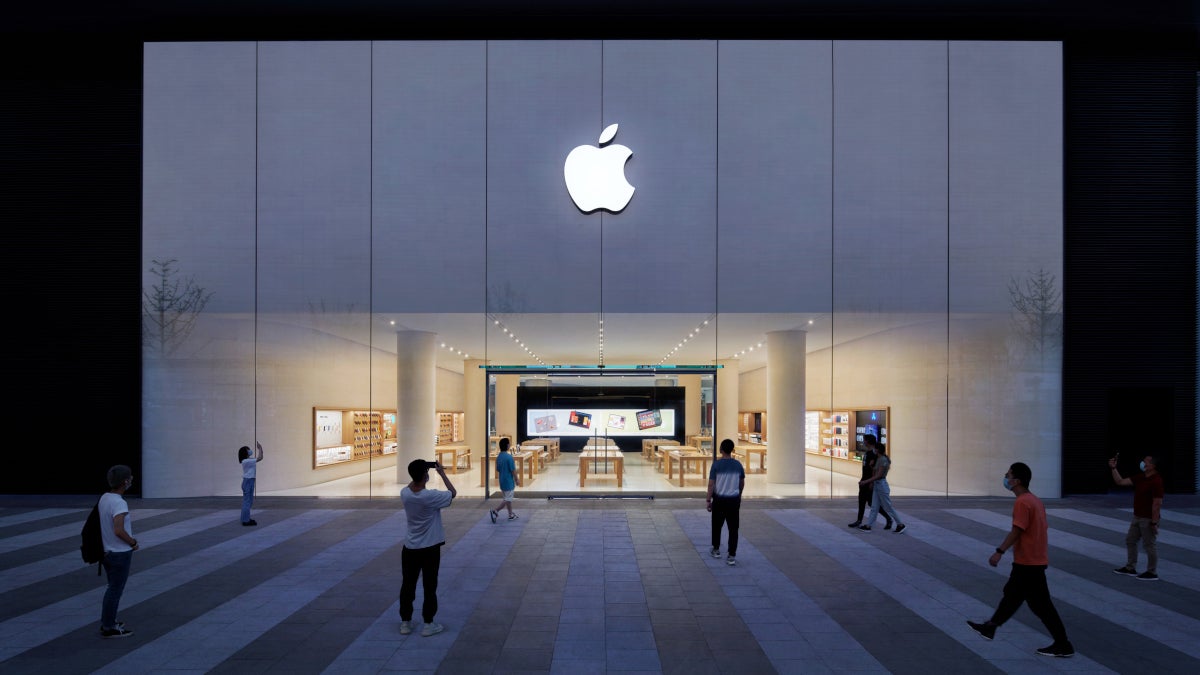Huawei’s revival was supposed to hurt the iPhone in China, the world’s largest smartphone market and an important one for
Apple. However,
Bloomberg reported on Wednesday that Chinese iPhone shipments rose about 12% in March. It should be noted that to achieve this level of growth,
retailers in the country had to cut prices on the device. Data from the Chinese government shows that shipments of foreign-branded smartphones, a category that is made up of mostly iPhone models, reached 3.75 million units in March.
The roughly 12% increase during March in the shipments of foreign-branded smartphones in China was a huge bounce from the 37% year-over-decline in such phone deliveries experienced in China during the first two months of this year. The data was published by the China Academy of Information and Communications Technology. As we noted in the above paragraph, Apple and its resellers in China started to cut iPhone prices at the beginning of 2024.
Last week, Apple reported that for its fiscal second quarter,
company sales in Greater China declined 8.1% on an annual basis to $16.37 billion. But during the conference call held after the release of the quarterly report, Apple CEO
Tim Cook answered a question from the media by stating that iPhone sales in mainland China had grown during the March quarter although no numbers were given by the executive to back up this claim.
What Cook did say was that in mainland China, iPhone revenue rose “on a reported basis.” This increase was noted before adjustments related to COVID-based supply chain disruptions in 2022.
Huawei reportedly sold 30 million units of its Mate 60 flagship series
Huawei electrified the Chinese smartphone market last summer
when it announced its Mate 60 flagship line. The big surprise was that
the phones were powered by Huawei’s first home-grown 5G SoC since the Kirin 9000 chipset was employed by the Mate 40 series back in 2020. But that year U.S. export rules blocked Huawei from receiving shipments of cutting-edge chips that support 5G networks. The P50, Mate 50, and P60 flagships in 2022 and early 2023 were powered by tweaked Snapdragon application processors from Qualcomm which could not access 5G networks.
The chipset powering the Mate 60 series, the Kirin 9000s,
was produced by China’s largest foundry, SMIC. Because U.S. and Dutch officials have banned Chinese firms from receiving advanced lithography equipment, the Kirin 9000s was produced using SMIC’s 7nm process node which is two generations behind the 3nm node currently in use by TSMC and Samsung Foundry.
Huawei’s surprising ability to obtain a 5G chipset set off a wave of nationalistic pride in China which helped Huawei ship 30 million units of the Mate 60 line. Some of these deliveries came at the expense of the iPhone although it appears that Apple was able to ship more iPhone units in China this year than many had expected.

